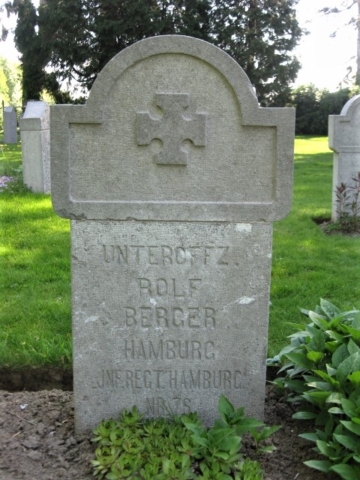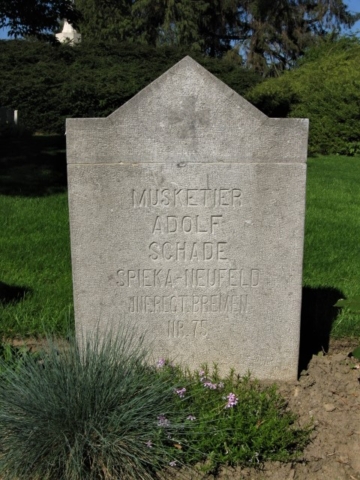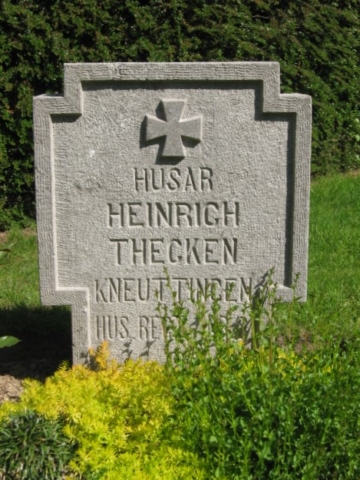We drove from Ypres, Belgium, to Lille, France, to return our rental car and to Mons, Belgium, by train. If you don’t have a car or don’t need to return it yet, you can go directly from Ypres to Mons.
Mons
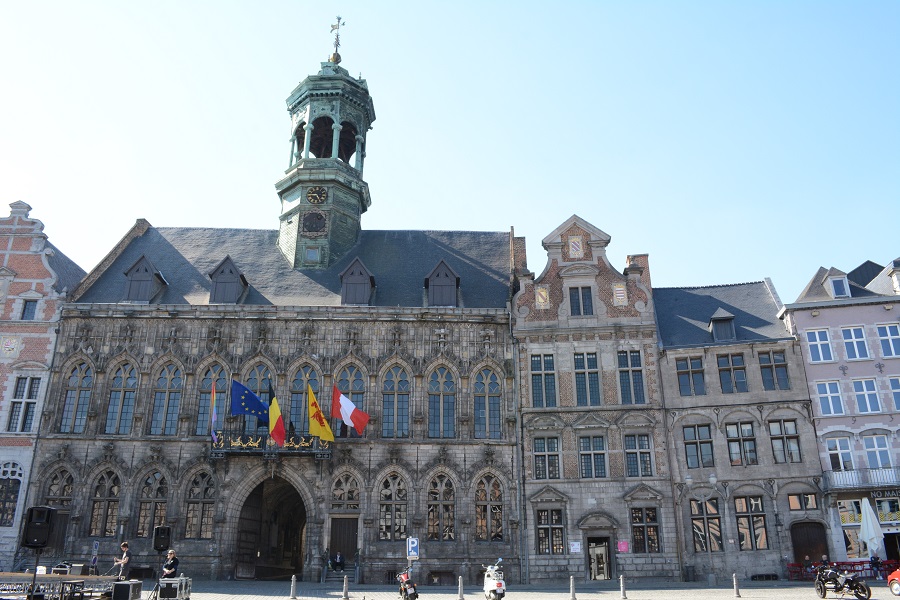
History
The Germans occupied the city of Mons for the entire First World War except for the first day and the last day.
Before the war, Belgium was a neutral country, but that did not stop Germany from invading. Britain was an ally of Belgium and therefore entered the war on Belgium’s side. The British sent an expeditionary force, and they set up at Mons and the surrounding area. On the second day of the war, the Germans attacked and drove them out.
The city remained under German control until it was captured by the Canadians on 11 November 1918, just hours before the end of the war. The Canadian Army marched into Mons that day to celebrate the war’s end.
St Symphorien
We went to the Saint Symphorien Military Cemetery. All the cemeteries we have visited so far are British, Canadian, or Australian cemeteries. Note that this one is called a “Military Cemetery”. That is because it contains not only Allied troops but Germans as well.
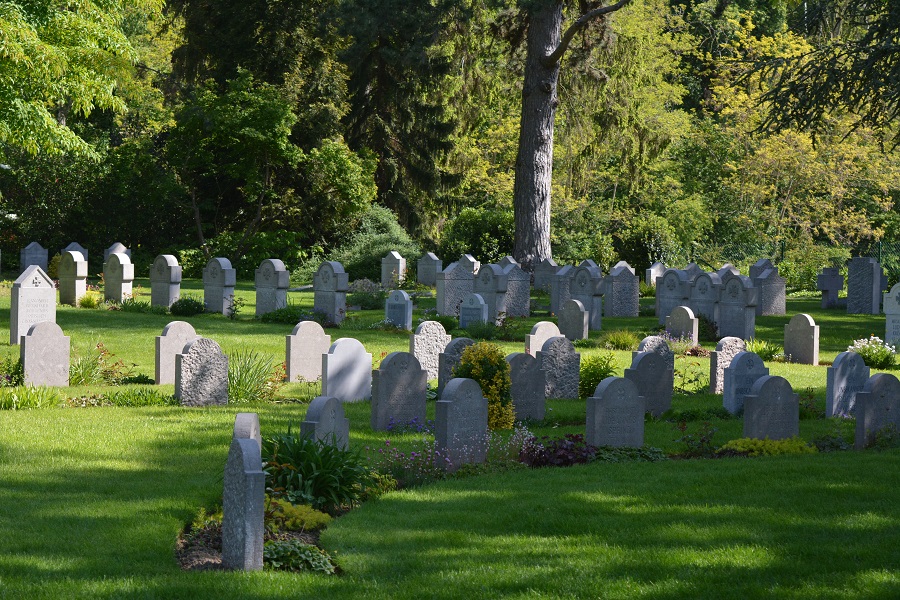
After the British were driven out of Mons on the second day of the war, the Germans were left with the task of burying the dead, both their own and the British. Most British Commonwealth cemeteries were constructed by the British, but the Germans built this one.
German graves. Click to enlarge.
Notable Graves
There are several very notable graves in this cemetery. I will write about them individually.
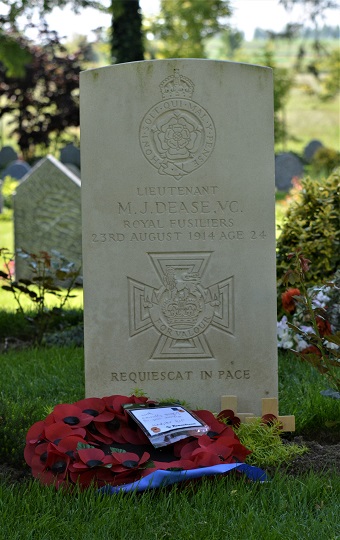
Lt Maurice James Dease was in charge of a machine-gun post defending the Nimy railway bridge near Mons. Dease was shot four times and was mortally wounded, but he stayed at his post and kept firing until he was hit for the fifth time. For his bravery, he was awarded the Victoria Cross. It was the first VC to be awarded in the First World War. After Dease was killed, Pte Sydney Godley took over and kept firing while the rest retreated. Godly was wounded twice but stayed at his post while the rest of the section escaped. He defended the bridge alone for two hours until he ran out of ammunition. He then dismantled the gun, threw it in the river, and attempted to crawl to safety at the bridge’s other end. Godly was also awarded the VC, but the Germans took him prisoner. He received his medal from King George V at Buckingham Palace in 1919. He died in 1957. In 2012, his family sold his medals for 276,000 pounds.
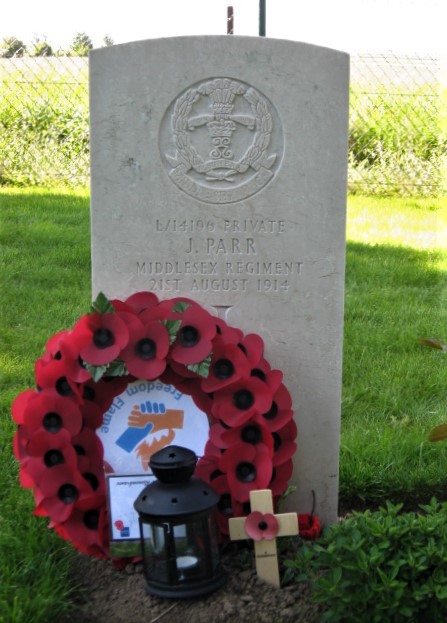
Pte John Parr was the first British soldier killed in the First World War. He and another soldier were sent out on bicycles to discover the location of the enemy. They found the enemy, and Parr stayed there to observe them while the other soldier went back to pass on the information. Unfortunately, Parr was spotted by the Germans and killed. He was 17.
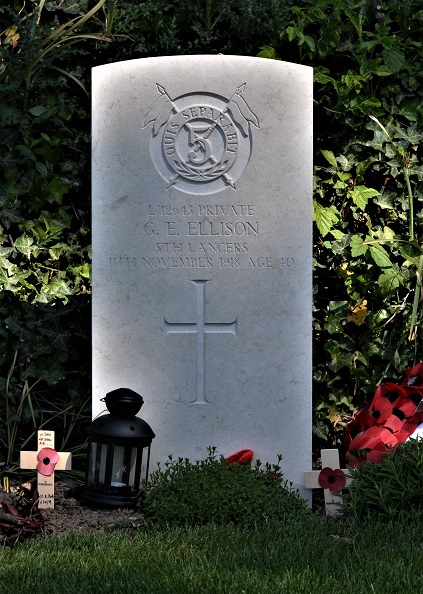
After the British were driven out of Mons on the second day of the war, the area remained under German control for the entire war until it was captured by British and Canadian soldiers on 11 November 1918, the last day of the war. George Edwin Ellison was the last British soldier to be killed. He died at 9:30 a.m. By coincidence, the first and last British soldiers killed in the First World War are buried facing each other in the St Symphorian cemetery.
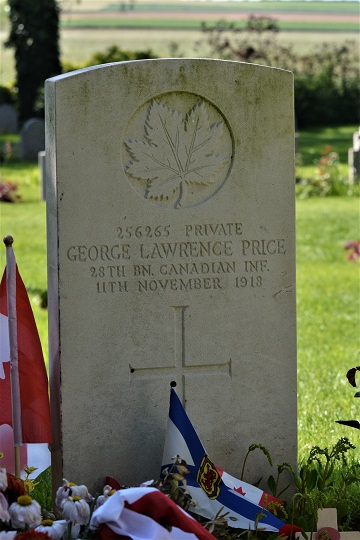
The last Allied soldier to be killed in the First World War was a Canadian named George Lawrence Price. He was killed by a sniper and died at 10:58 on 11 November 1918. Just two minutes before the end of the war. Later that day, the Canadian Army marched into the city of Mons.

Price’s grave was overflowing with flags, crosses, and flowers. There was one bouquet placed there by the government of Nova Scotia where Price was born. So sad that he survived four years of horrible warfare only to be killed minutes before the war ended.
Burial Sites Unknown

This is a memorial to four British soldiers who died while captives of the Germans. They are not buried in this cemetery. Their actual grave site is unknown.

Five Irish soldiers are buried somewhere in the St Symphorien cemetery, but the actual site is unknown.
Royal Middlesex Regiment

46 Soldiers of the Royal Middlesex Regiment are buried in a circle with a memorial to them in the centre.
Like a Beautiful Park
The St Symphorien Military Cemetery is a beautiful park-like location maintained by the Commonwealth War Graves Commission. A couple of workers happened to be at the cemetery while we were there, and I talked to one who could speak English. He said they take care of the whole cemetery, including the German graves. He said that he had worked for the CWGC for more than 20 years, and he had great respect for the soldiers who were killed while trying to free Belgium from the Germans. It was his job and his passion to make sure that the cemetery and the graves are well cared for. That day, they sprayed the cement entrance to the cemetery to prevent moss from growing on it. I have visited dozens of CWGC cemeteries over the years in several countries, and every one of them was lovely, with beautiful flowers and not a weed to be seen.
Directions
To get to the St Symphorien Military Cemetery, take bus #22 from Place Flandre in Mons. Look for the small bus shelter on Boulevard Dolez. Write “St Symphorien” on paper to show the bus driver if he/she does not speak English. Once in St Symphorian, walk to the traffic circle and follow the green signs to the cemetery.
